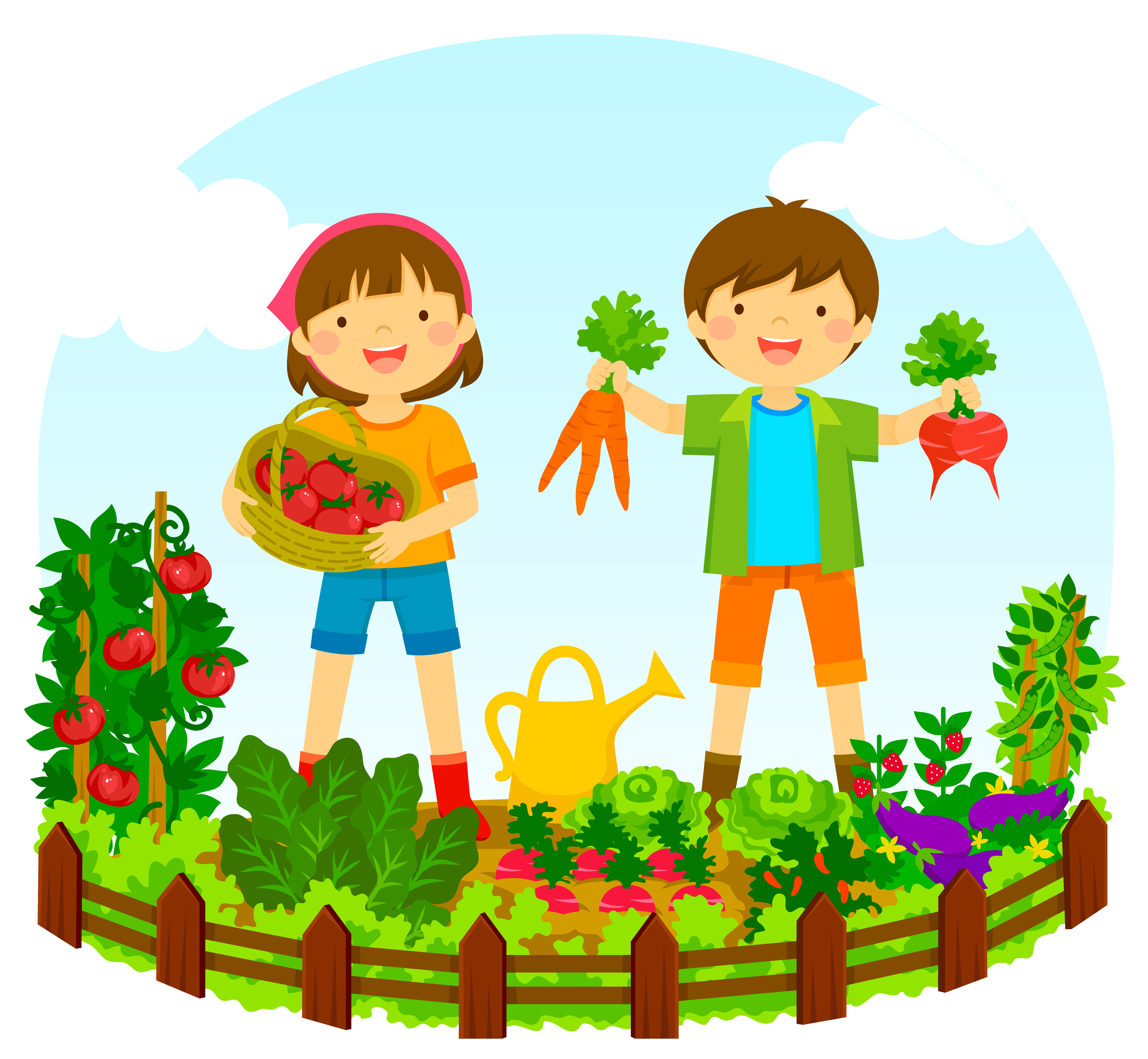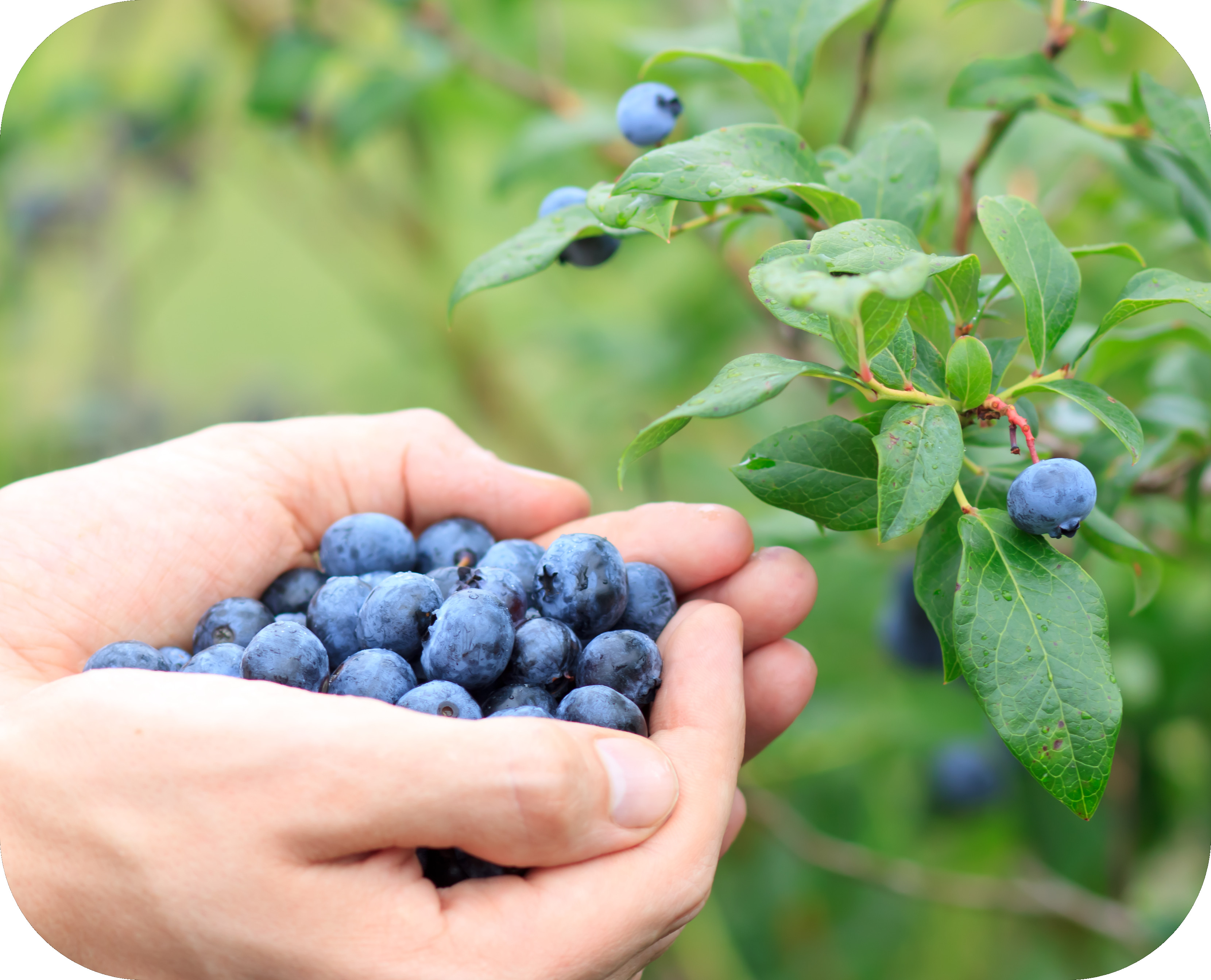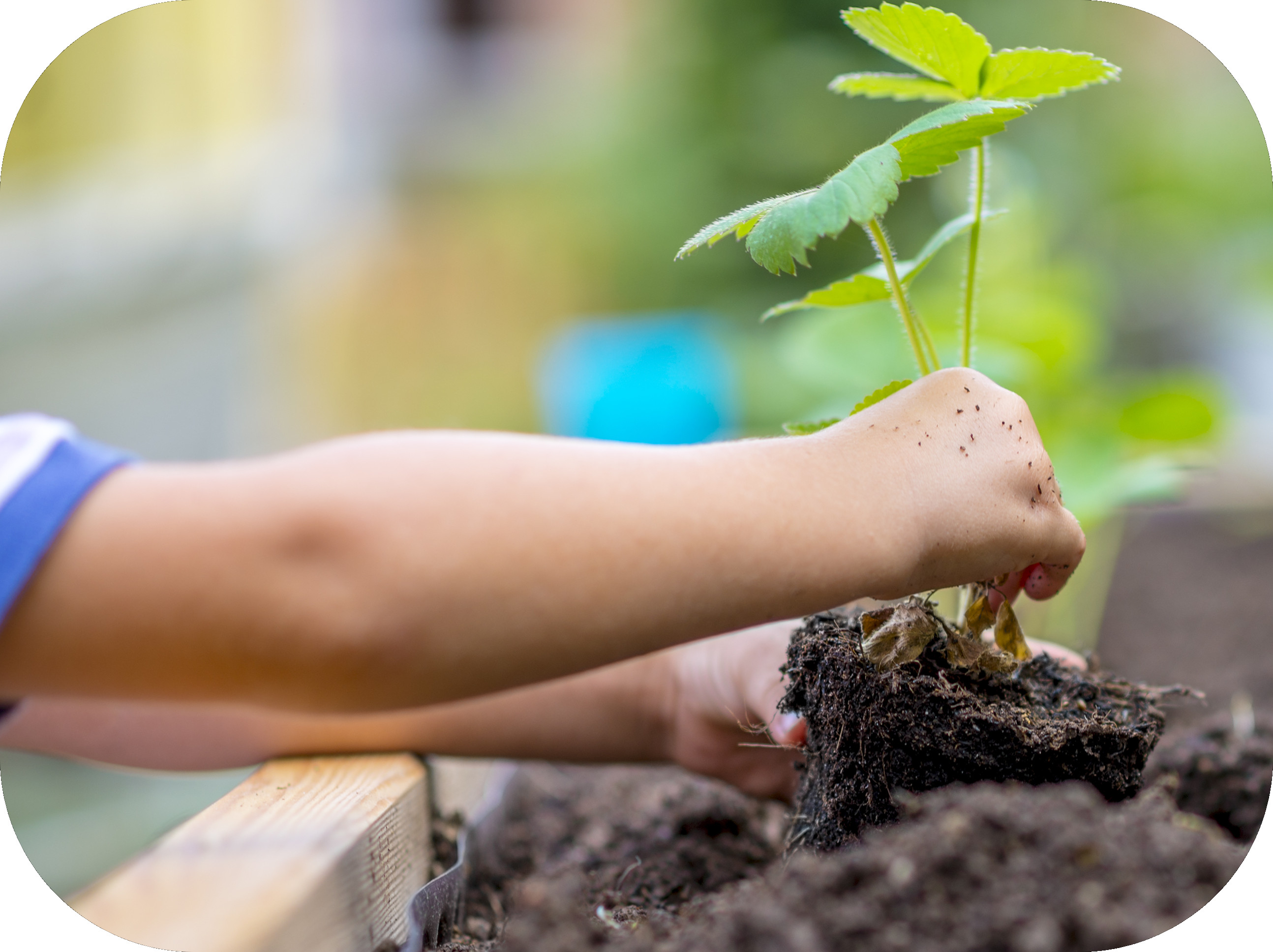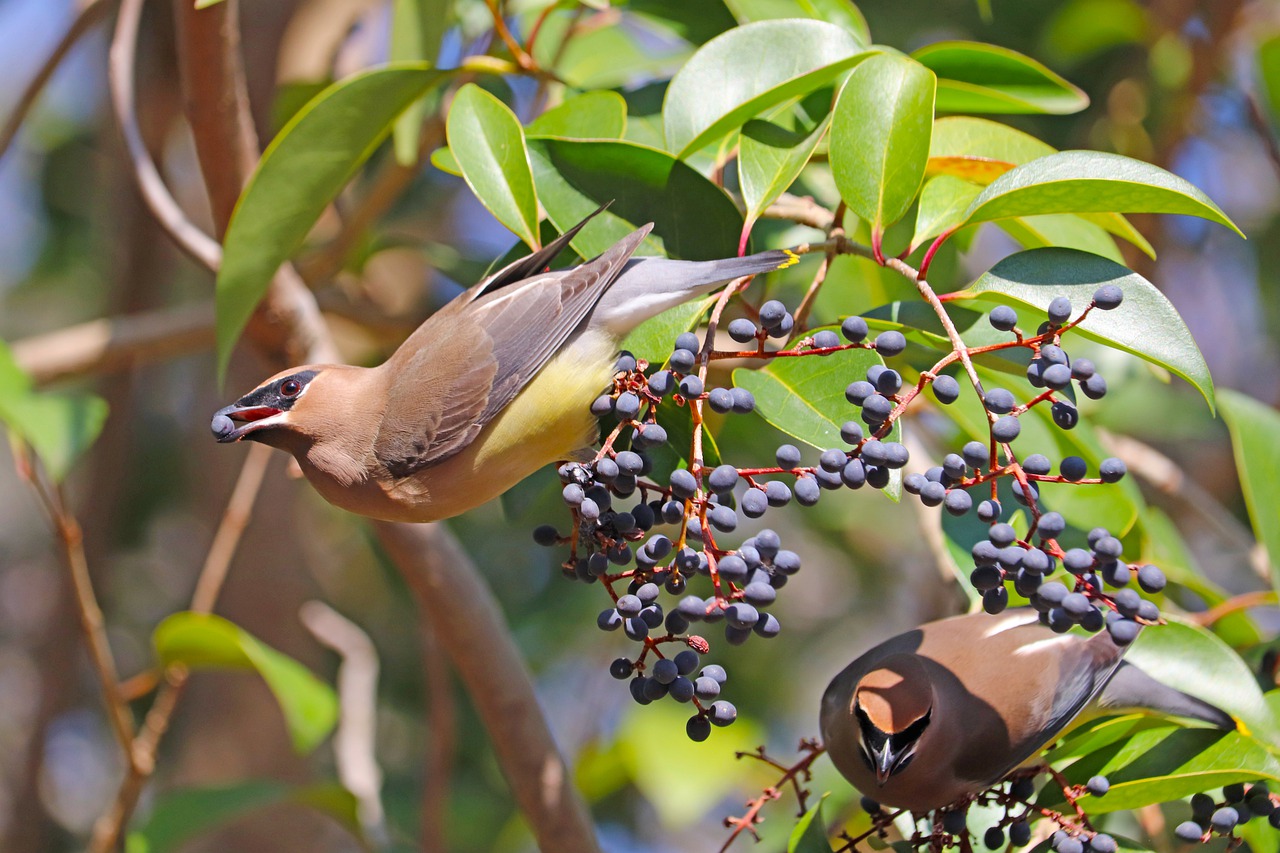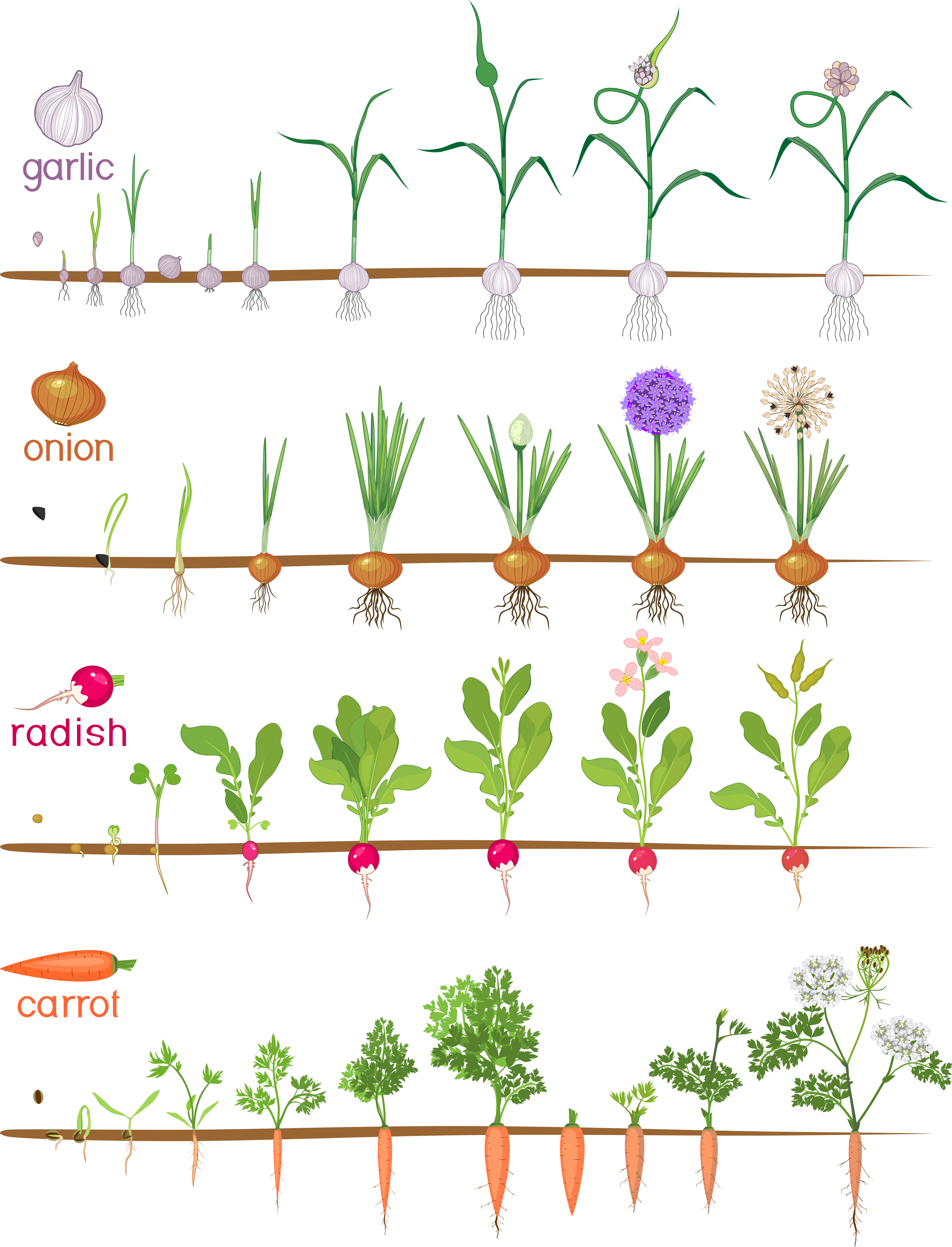Ecosystem Investigation: Vegetable and Fruit Garden

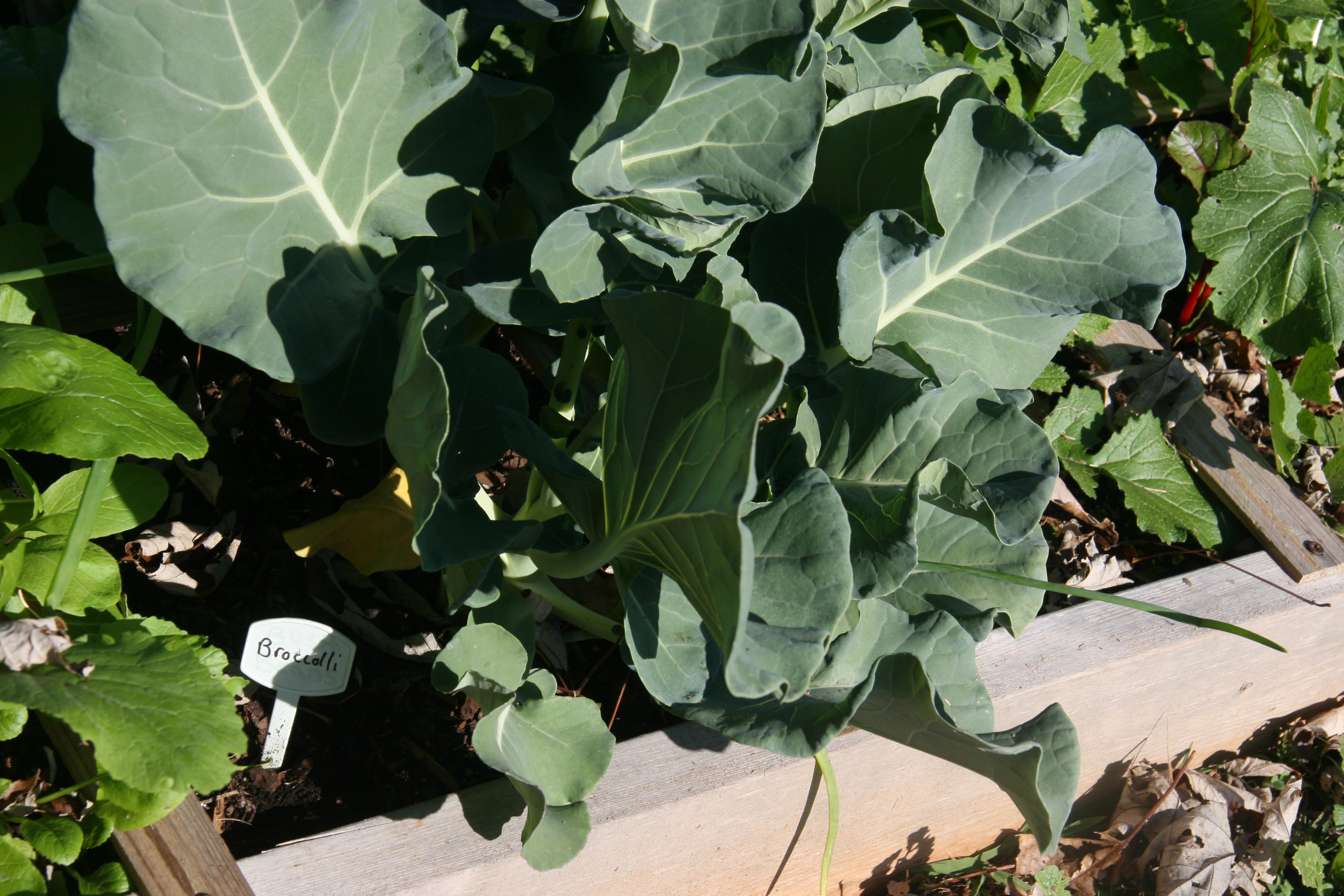
Investigate Growing Your Food
Growing your own food is good for you and the environment! You can grow fresh fruits and vegetables at your school or your home throughout most of the year in Alabama.
| Click on the icons below to learn more! | ||
| Benefits of Growing Your Own Food |
Berry Gardens and Fruit Orchards |
Vegetable Gardens |
| Benefits of Growing Your Own Food | |
| There are many benefits to growing your own food - for you and for the environment! | |
| Nutrition A diet of fresh food is one with a lot of vitamins, minerals, and nutrients. Most produce sold in grocery stores have to go through a long process of shipping after being harvested, and waiting to be purchased once on the shelf. During this period, it loses much of its nutritional value. |
|
| Sunshine Gardening outdoors means working in the sun and in turn absorbing vitamin D – a vitamin critical for strong bones and teeth. |
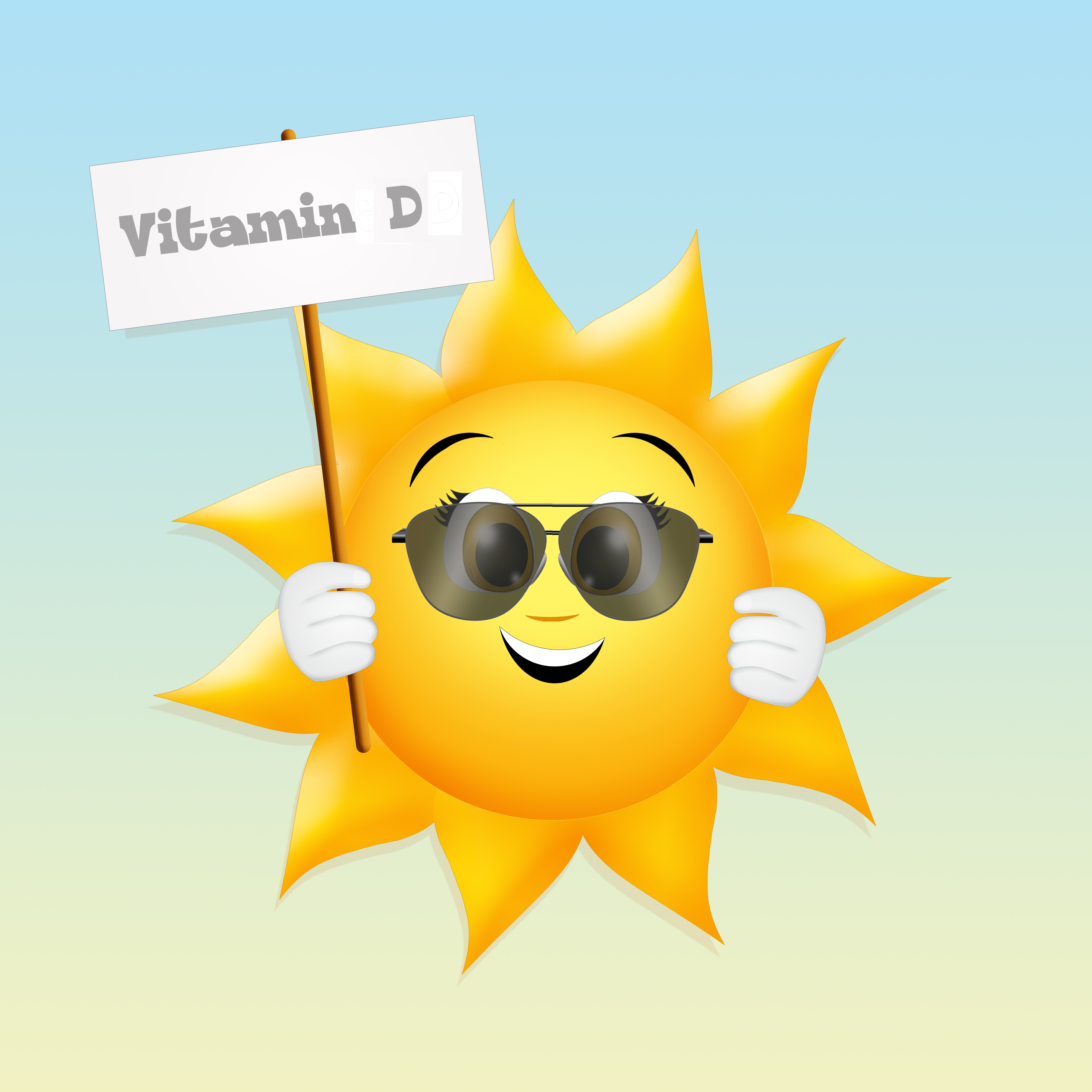 |
| Exercise Working in a garden requires some level of physical activity. This activity improves heart health and the immune system, decreases stress, and improves strength and motor skills. |
|
| Money Growing your own food means you don’t have to buy it from the store – saving you money! |
|
| Eco-friendly Big farms that grow produce you buy in the store often use chemicals to treat the plants – you don’t have to use these chemicals at home! And the transportation of the produce from the farm, to a distribution centers, then to the stores requires lots of gasoline – using non-renewable fossil fuels. |
|
| To read about when you should plant, prune, and harvest fruits, vegetables, and other plants in your outdoor classroom, check out this helpful gardening calendar from ACES. | |
| Berry Gardens and Fruit Orchards | |
| What is a fruit? A fruit is a seed-bearing structure that develops from the ovary (female reproductive part of a plant) of a flowering plant. Some obvious examples of this include apples, strawberries, and bananas. Some examples that you may have thought were vegetables but are actually fruit include beans, squash, tomatoes, and peppers. |
|
|
Tomato and Pepper Growth - Fruit from Flower
Dreamstime Click the image to enlarge it |
|
| Fruits in your Outdoor Classroom: Fruits are often grown in outdoor classrooms in berry gardens and fruit orchards. Some common examples are below.
Don't pick all of the fruits in your outdoor classroom for yourself, save some for the wildlife. Birds are particularly fond of berries. |
(Native) Cedar Waxwing Eating Berries
Pixabay - George B2 Click the image to enlarge it |
| Vegetable Gardens | |
| What is a vegetable? A vegetable comes from other parts of the plant. Some vegetables are actually the roots of the plant, like potatoes, while others are the stems, like asparagus, or leaves, like lettuce. |
Growth Process of Some Common
OC Vegetables Dreamstime Click the image to enlarge it |
| Vegetables in your outdoor classroom: Vegetables are often grown in outdoor classrooms in raised garden beds. Some common examples are below.
Consider sharing your vegetables with your schoolmates in the lunchroom. And don't forget to compost your scraps! |
|
SOURCES
|
|
 |
 Wildlife Tag
Wildlife Tag
